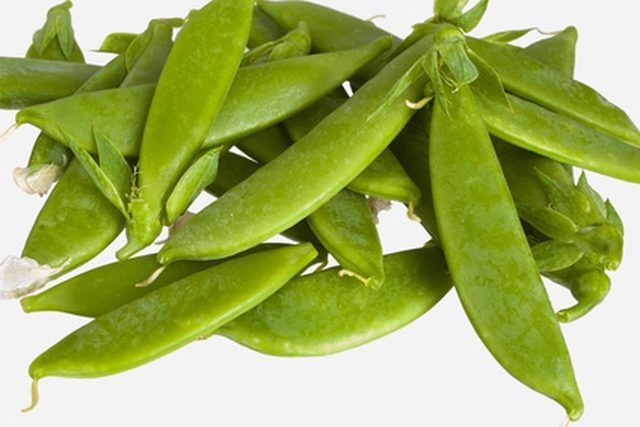Bulbs
Flower Basics
Flower Beds & Specialty Gardens
Flower Garden
Garden Furniture
Garden Gnomes
Garden Seeds
Garden Sheds
Garden Statues
Garden Tools & Supplies
Gardening Basics
Green & Organic
Groundcovers & Vines
Growing Annuals
Growing Basil
Growing Beans
Growing Berries
Growing Blueberries
Growing Cactus
Growing Corn
Growing Cotton
Growing Edibles
Growing Flowers
Growing Garlic
Growing Grapes
Growing Grass
Growing Herbs
Growing Jasmine
Growing Mint
Growing Mushrooms
Orchids
Growing Peanuts
Growing Perennials
Growing Plants
Growing Rosemary
Growing Roses
Growing Strawberries
Growing Sunflowers
Growing Thyme
Growing Tomatoes
Growing Tulips
Growing Vegetables
Herb Basics
Herb Garden
Indoor Growing
Landscaping Basics
Landscaping Patios
Landscaping Plants
Landscaping Shrubs
Landscaping Trees
Landscaping Walks & Pathways
Lawn Basics
Lawn Maintenance
Lawn Mowers
Lawn Ornaments
Lawn Planting
Lawn Tools
Outdoor Growing
Overall Landscape Planning
Pests, Weeds & Problems
Plant Basics
Rock Garden
Rose Garden
Shrubs
Soil
Specialty Gardens
Trees
Vegetable Garden
Yard Maintenance
How to Grow Sugar Snap Peas in Containers
How to Grow Sugar Snap Peas in Containers. Sugar snap peas are grown for their edible pods that have a slightly sweet taste when compared with other edible pod pea varieties, such as snow peas. Snap peas have a shallow root system, making them suitable to growing in the confines of a container garden. Snap peas produce their pods along long vines...

Sugar snap peas are grown for their edible pods that have a slightly sweet taste when compared with other edible pod pea varieties, such as snow peas. Snap peas have a shallow root system, making them suitable to growing in the confines of a container garden. Snap peas produce their pods along long vines that must be supported during the plant's entire life cycle, which is the main issue that must be overcome when growing the peas in a planter.
Things You'll Need
Planter
Bricks
Potting soil
Poles, 6 foot
Pea seeds
Place one or two bricks in the bottom of a 3- to 5-gallon plastic planter. Place the bricks so they do not cover the bottom drainage holes in the planter. The bricks weigh down the planter so it does not become top-heavy as the peas grow.
Fill the planter with a moist soil mix. Leave a 2-inch space between the top of the planter and the top of the soil.
Insert two or three 6-foot bamboo poles into the planter near the rim, pushing them down until the poles hit the bottom of the pot. Space the poles 3 to 6 inches apart.
Sow two to three pea seeds around the base of each pole, planting each to a 1-inch depth. Space the peas 3 inches apart around the poles.
Water the container when the soil surface begins to feel dry. Water until the excess moisture begins draining from the bottom of the pot.
Guide the young pea plants to the nearest pole, once they have grown tall enough, by moving the growing tip of each vine until it touches the pole. The vine then climbs the pole on its own with no need for further guidance.
Harvest the pea pods when they are firm, green and just beginning to swell with the pea seeds inside. Frequent harvesting leads to further pod production.
Tips & Warnings
Use a heavy clay or stone planter if you don't wish to use bricks. These are heavy enough to stay upright with no difficulty.
Buy pea seeds that are labeled as inoculated. These have been treated so that they produce their own nitrogen nutrient needs without the need for fertilizer.
Avoid touching the plants when they are wet, as this spreads disease. Harvest pods in the afternoon when the plants are dry.